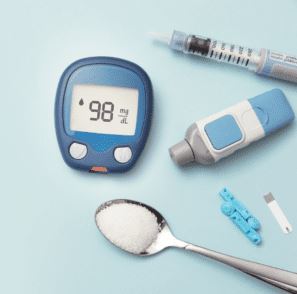Bringing a medical device to market in the United States requires navigating a complex regulatory landscape. One critical step in this process is the 510k submission to the Food and Drug Administration (FDA). This pathway is essential for manufacturers who want to demonstrate that their device is safe, effective, and substantially equivalent to an already legally marketed device.
In this blog, we’ll dive into the fundamentals of 510(k) submissions, including the requirements, steps for submission, and tips for ensuring success.
What Is a 510(k) Submission?
A 510(k) is a premarket submission required for certain medical devices under Section 510(k) of the Federal Food, Drug, and Cosmetic Act. The purpose of this submission is to demonstrate that the device in question is “substantially equivalent” to an already FDA-cleared device, known as a predicate device.
Devices cleared through the 510(k) process can then be marketed in the U.S. without undergoing a more extensive Premarket Approval (PMA) process, which is typically reserved for high-risk devices.
Who Needs to Submit a 510(k)?
The 510(k) process applies to medical devices classified as Class II and some Class I devices that are not exempt from premarket notification. Examples include diagnostic equipment, surgical instruments, and certain types of implants.
Key Elements of a 510(k) Submission
A complete 510(k) submission must include the following components:
- Administrative Information:
Basic details about the device, the manufacturer, and the regulatory contact. - Device Description:
A detailed overview of the device, including its design, functionality, and technical specifications. - Predicate Device Comparison:
Evidence showing how the device is substantially equivalent to a legally marketed predicate device. - Intended Use and Indications:
Clear definitions of the device’s intended use and clinical applications. - Performance Testing:
Data from laboratory, bench, or clinical testing demonstrating the device’s safety and effectiveness. - Labeling and Instructions:
Draft labeling, user manuals, and any promotional materials to ensure compliance with FDA standards. - Risk Analysis:
Identification of potential risks associated with the device and the corresponding mitigations.
Steps for a Successful 510(k) Submission
1. Determine Regulatory Pathway
Before starting, confirm whether your device requires a 510(k) or qualifies for exemption. Consulting FDA guidelines or seeking expert advice can help.
2. Identify a Predicate Device
Choose a predicate device with similar design, function, and intended use. This is critical to demonstrating substantial equivalence.
3. Compile Supporting Evidence
Gather all necessary data, including performance testing results, risk assessments, and technical documentation.
4. Prepare the Submission
Ensure your 510(k) submission is complete and formatted per FDA requirements. Missing information can delay the review process.
5. Submit to the FDA
File your submission electronically through the FDA’s eSTAR program or other approved formats.
6. Respond to FDA Feedback
The FDA may request additional information during its review. Timely and thorough responses can prevent delays.
7. Await Clearance
Once the FDA determines your device is substantially equivalent to a predicate, they will issue a clearance letter, allowing you to market your device.
Tips for Success
- Start Early: The 510(k) process can take several months. Begin preparation as soon as possible to avoid delays.
- Consult Experts: Regulatory consultants can provide valuable insights and ensure compliance with FDA requirements.
- Perform Thorough Testing: Submit complete and accurate test data to demonstrate safety and effectiveness.
- Stay Organized: Maintain detailed documentation throughout the process to streamline responses to FDA inquiries.
Why Is the 510(k) Submission Important?
The 510(k) submission process is a cornerstone of the FDA’s regulatory framework for medical devices. It ensures that new devices entering the market are safe and effective while maintaining innovation and accessibility for patients and healthcare providers.
By securing 510(k) clearance, manufacturers gain the confidence of regulatory approval, enabling them to bring life-saving technologies to market more efficiently.
Conclusion
The 510(k) submission process is a critical step for medical device manufacturers entering the U.S. market. While it can be complex, understanding the requirements, compiling comprehensive evidence, and working with experts can simplify the journey.

